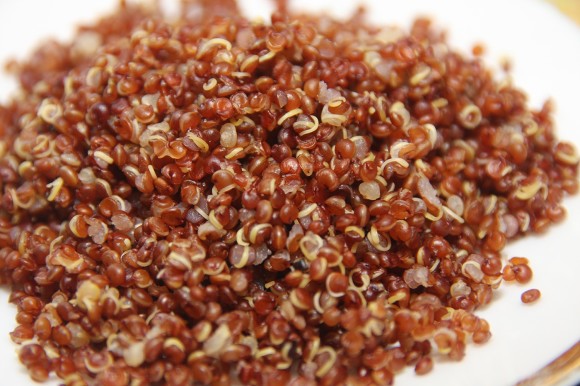
First came this post by Joanna Blythman on The Guardian‘s Comment Is Free blog:
Quinoa was, in marketing speak, the “miracle grain of the Andes,” a healthy, right-on, ethical addition to the meat avoider’s larder (no dead animals, just a crop that doesn’t feel pain). Consequently, the price shot up – it has tripled since 2006 – with more rarefied black, red and “royal” types commanding particularly handsome premiums.
But there is an unpalatable truth to face for those of us with a bag of quinoa in the larder. The appetite of countries such as ours for this grain has pushed up prices to such an extent that poorer people in Peru and Bolivia, for whom it was once a nourishing staple food, can no longer afford to eat it. Imported junk food is cheaper. In Lima, quinoa now costs more than chicken. Outside the cities, and fueled by overseas demand, the pressure is on to turn land that once produced a portfolio of diverse crops into quinoa monoculture.
Chronocentrism and the “End of History” Illusion
That’s the abstract from a new article in Science by Jordi Quoidbach, Daniel T. Gilbert (yes, that Daniel Gilbert), and Timothy D. Wilson. The emphasis is mine.
I love it when
scienceScience provides strong evidence in favor of a relationship I have posited on this blog.